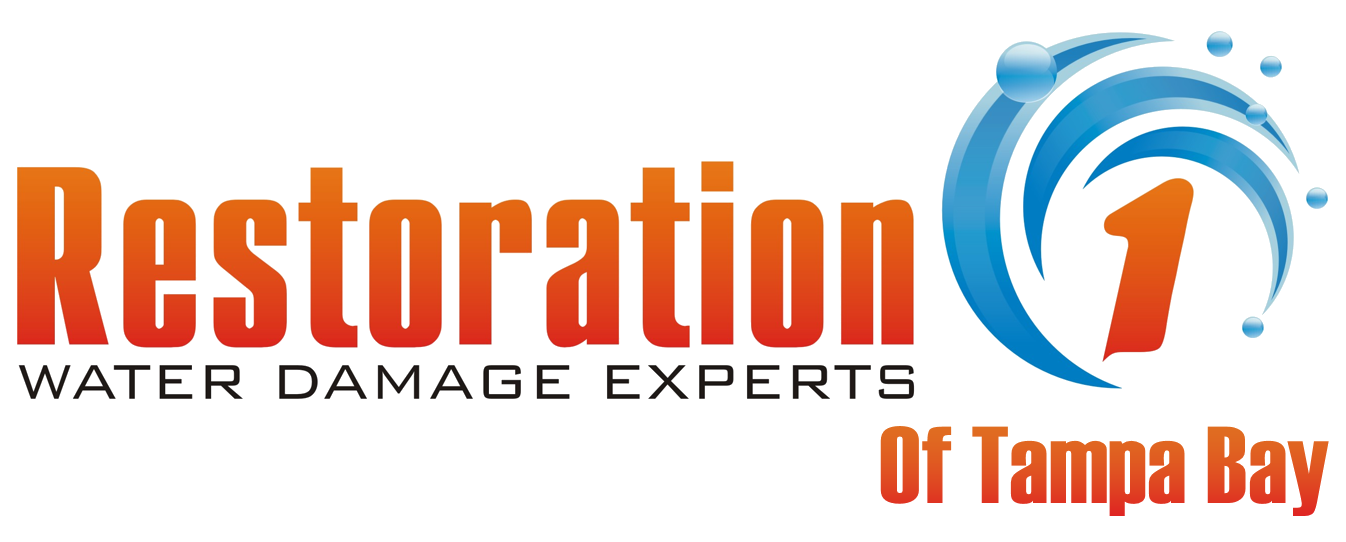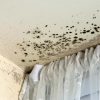1 in 40 homeowners file a water damage claim every year, according to the Insurance Information Institute. This accounts for almost 24% of all homeowner insurance claims. Because water damage is so common and can potentially cause significant damage to your home (estimates put average water damage repair costs ranging from $1,200 to $5,000), you should find and repair water damage as early as possible.
In this article, we’ll talk about some of the common causes of water damage. We’ll also discuss how they can be prevented, and why water damage restoration is vital for your home or business.
Why is Water Damage Restoration and Prevention So Important?
Any kind of water damage to a home or business is a problem that demands immediate attention. Left unchecked, water damage can result in:
Mold infestation
Black mold can affect the health of your household or office, causing respiratory problems and allergic reactions for some. If the water damage is caused by or affects your HVAC systems, this spreads spores where your air is circulated.
Structural weakness
Water can warp or weaken walls and floors, which can cause structural problems in the building. Wood and drywall are particularly vulnerable to water damage, which can lead to rot and warping.
Further damage in the future
Even if the water damage is addressed, failure to identify and address the root cause can lead to more damage and cost down the line.
Here are some common causes of water damage and how you can address them:
Leaking Pipes and Fixtures
Issues with the plumbing are often the cause of many water damage cases.
Water pipes have fixed life spans. Supply pipes, for example, are under constant pressure, making them likely to burst or leak. Depending on the type of pipes you have, their life expectancy can range from 20-50 years (galvanized steel) to 40-70 (brass, copper).
A 1/8 inch pipe crack can leak up to 250 gallons of water in a day, which can easily wreak havoc on floors, walls, and ceilings if there is no drainage. That’s why it’s important to have your plumbing systems inspected at least once a year.
Another good way to notice any plumbing issues is by checking your water bill. If you notice an unusual spike in usage, that might indicate a possible leak and resulting water damage.
Weather
With increasingly common heavy rainfall, flooding, and extreme snow seasons, the weather is also placing a strain on where we live and work.
Strong winds and heavy rain can damage your roof and rainwater down in your house or business. It is wise to prepare for inclement weather by making sure rain gutters and downspouts aren’t clogged. Also check your building after the rain to check for areas where water might pool but not evaporate quickly.
These are areas where water can be forced in by weather:
- where the footer and your walls meet
- under doors and windows
- wall seams
- ceilings
- roofs
Look for pooling water immediately after the storm, and for discoloration, peeling paint or wallpaper, or distortions of the surface later on. These can point to the presence of water that has seeped in.
Appliances and Equipment
Old and faulty appliances can also lead to water damage. A damaged washing machine hose or faulty connection could spill out 600 gallons of water in an hour.
The average lifespan of a washing machine is 10 years according to Consumer Reports, but it is advisable to replace the supply hose at least once every five years to prevent leaking or bursting.
Even small leaks from appliances like refrigerators and dishwashers can cause damage over time and lead to serious mold growth, because mold favors the damp and heat from these appliances. Proper use and maintenance of your appliances go a long way in preventing water damage.
Professional Water Damage Restoration Services
Water Damage Brandon looks out for your best interests by providing you with quick responses and unparalleled quality or service. Contact us today for more information.







